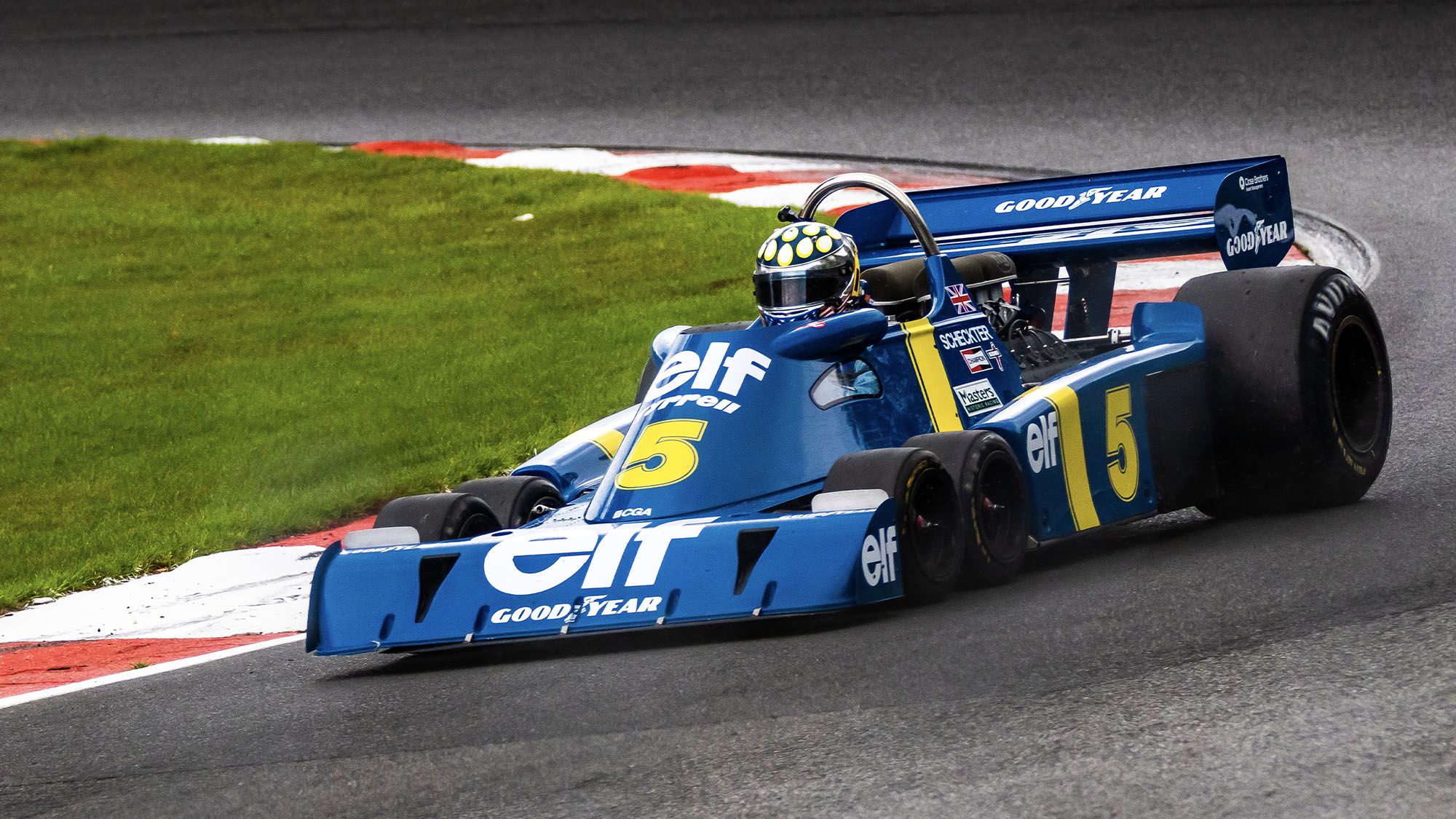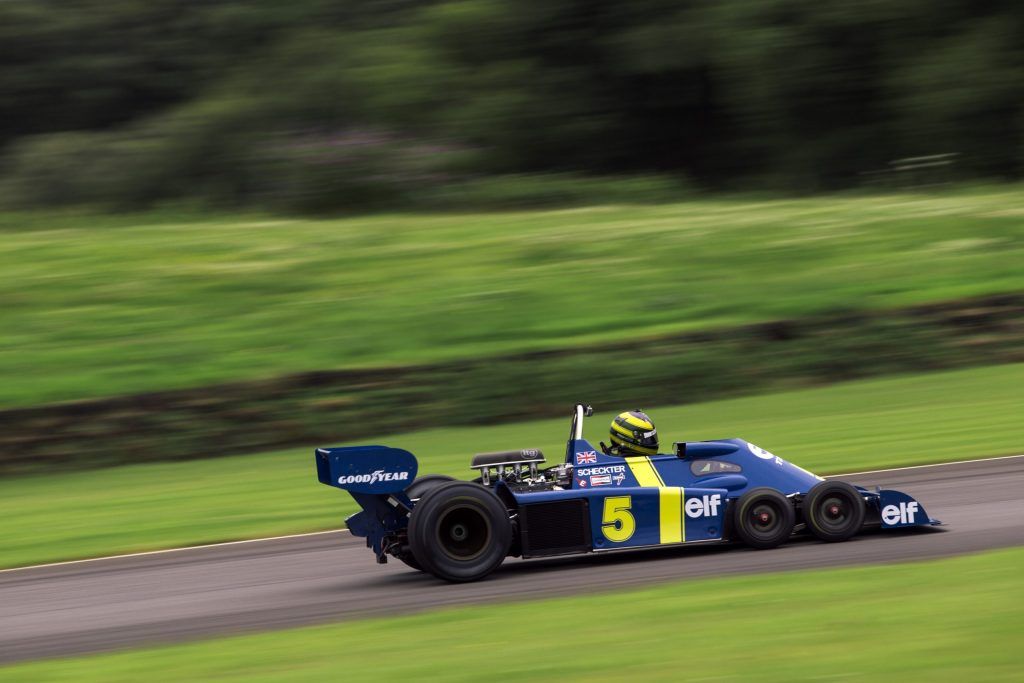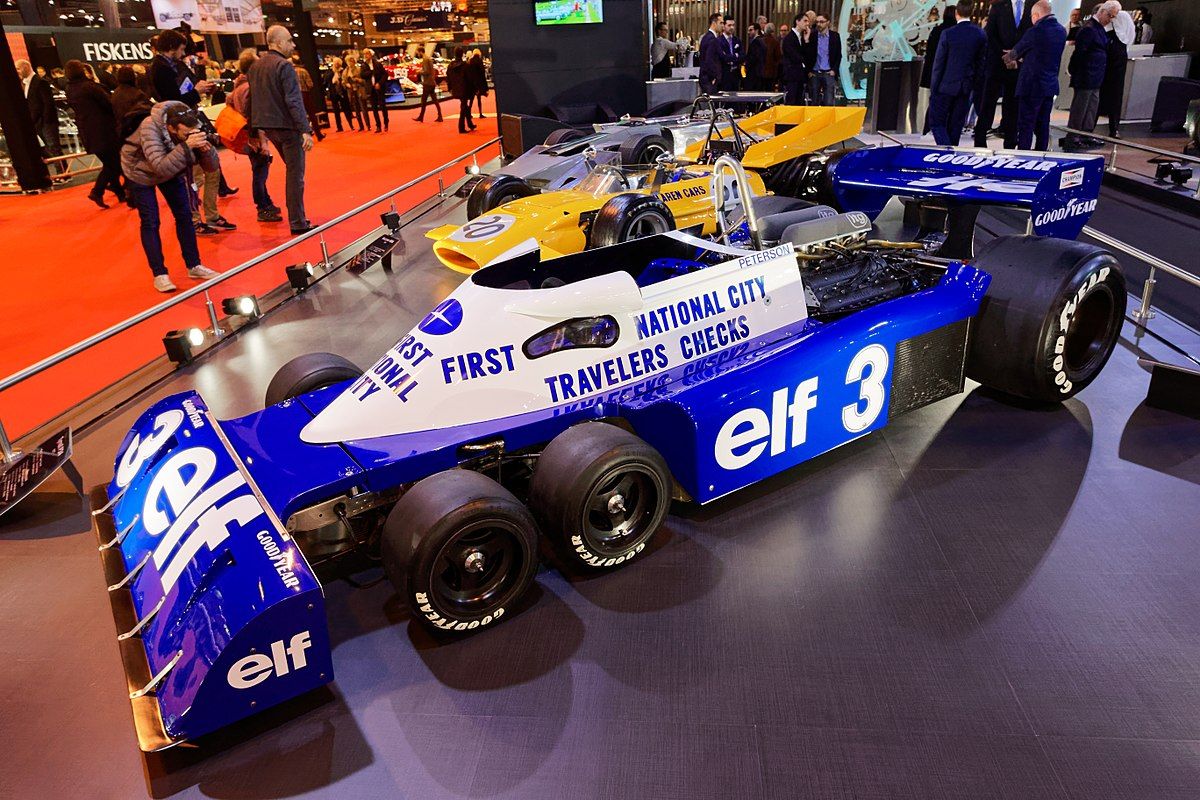Since its inception back in 1950, Formula One has oftentimes been referred to as the pinnacle of motorsport. When you take into account the melding of cars, drivers, and minds, it really is no wonder why the sport has been given such a title.
These cars are blisteringly fast in the straights and sometimes appear to defy the laws of physics in the bends. The drivers are endlessly talented and display an almost inhuman amount of bravery. Finally, there are the relentless engineers who are constantly working to squeeze every little bit of performance possible into these amazing machines.
Arguably, engineers are the most important piece of an F1 team. As one might imagine, there is a ton of technical know-how required to keep a car on a track at over 200 miles per hour.
Not only must the engineer ensure that this happens, but they must also try as hard as they can to get their team's car across the finish line first. As a result, many weird and (sometimes) wonderful creations have been entered into the paddock. However, no contender has probably been wackier than that of the six-wheeled Tyrrell P34.
Here's the interesting story behind the very first six wheeled car: The Tyrrell P34.
Why Have 4 Wheels When You Can Have 6?
Known affectionately as the "most recognizable design in the history of world motorsports", the P-34 was a 6 wheeled Formula One car that was engineered and designed by the Tyrrell F1 team. 4 ten-inch wheels were fitted to the front of the car, while two standard tires remained in the back.
The concept behind this was to lower the amount of drag experienced by placing the front tires entirely behind the wing. Additionally, the layout also allowed for easier airflow over the back wing. Shortly after its initial public unveiling, the team decided that the vehicle needed to be elongated; this resulted in the creation of a longer wheelbase model.
A naturally aspirated Ford Cosworth DFV V8 engine was mounted to the middle of the racer and produced around 485 horsepower. In 1976, a 5-speed manual transmission was mated to the power unit; however, this was changed to a six speed in 1977. Additionally, Tyrrell opted to use Goodyear tires.
When completely assembled, the total weight of the vehicle came in around 1,312 pounds. South African racing driver Jody Scheckter and French racing driver Patrick Depailler were to be tasked with driving the odd racing car for the 1976 season.
The Relatively Successful 1976 Season
While the Spanish Grand Prix was not the first race of the 1976 season, it was, in fact, the first race that Tyrrell would enter the P-34. Initially, Depailler and Scheckter qualified 3rd and 14th, respectively. While Jody was practically out of contention from the beginning, Depailler fought hard and was running in 4th throughout most of the race; however, he eventually had to retire due to brake issues.
The next event was the Belgian Grand Prix at which, Jody was able to bring home 4th place. After that, the team performed even better at the Monaco Grand Prix. Together, both Scheckter and Depailler were able to cross the finish line 2nd and 3rd, respectively.
The icing on the cake, however, was at the following Swedish Grand Prix. From the get-go, Jody was able to take pole position away from the likes of Niki Lauda, Mario Andretti, and of course, his teammate. After the conclusion of a remarkable qualifying session, Jody and Patrick were able to put in a series of stunning laps throughout the race. They performed so well, in fact, that they were able to finish the race 1st and 2nd.
More Isn't Always Better
While the 1976 season was nothing short of a major success, the 1977 season was arguably the P-34's swan song. One of the major differences between this season and the last was that Jody Scheckter had been replaced with Swedish racing driver Ronnie Peterson. Another change was that the weight of the vehicle had to be increased to conform to new regulations; the new layout was dubbed the P-34B. This would prove to be one of the factors that led to the P-34's downfall.
Tyrrell experienced at least one retirement at all but three races. Despite the alarming number of non-finishes, when the team did manage to complete a race, they were able to place 2nd once, 3rd three times and 4th two times. Due to the rules and regulation changes to the upcoming 1978 season, Tyrrell scrapped the six wheel design in favor of a conventional four wheel layout. To this day, Jody Scheckter is the only individual to win a Grand Prix in a six wheeled car.
The P-34's Legacy
Evidently, the Tyrrell P-34 is best remembered for its six wheel configuration. While the trend obviously did not catch on, the P-34 really shows what can be accomplished when people think outside of the box.
This way of thinking is one of the great hallmarks of Formula One and has resulted in some truly ingenious designs being introduced to the paddock. As every modern F1 fan knows, Mercedes applied this attitude to its design last season when it developed and implemented its revolutionary Dual-Axis Steering (DAS). We all know how successful that idea turned out to be, don't we?





